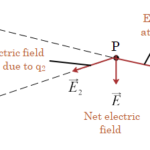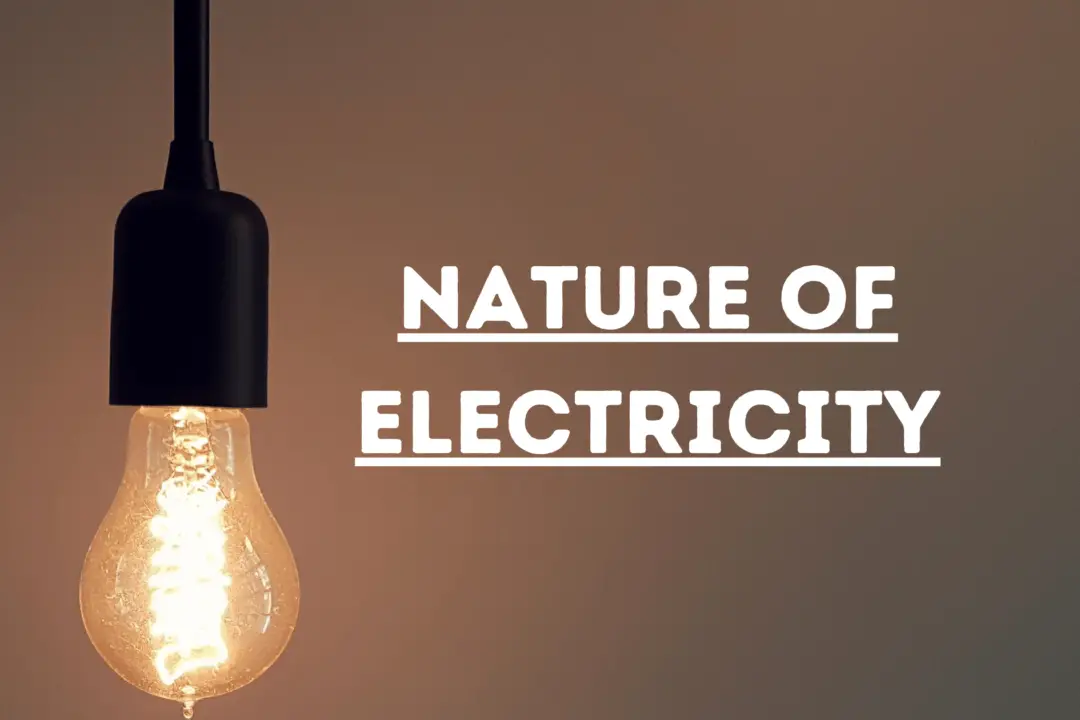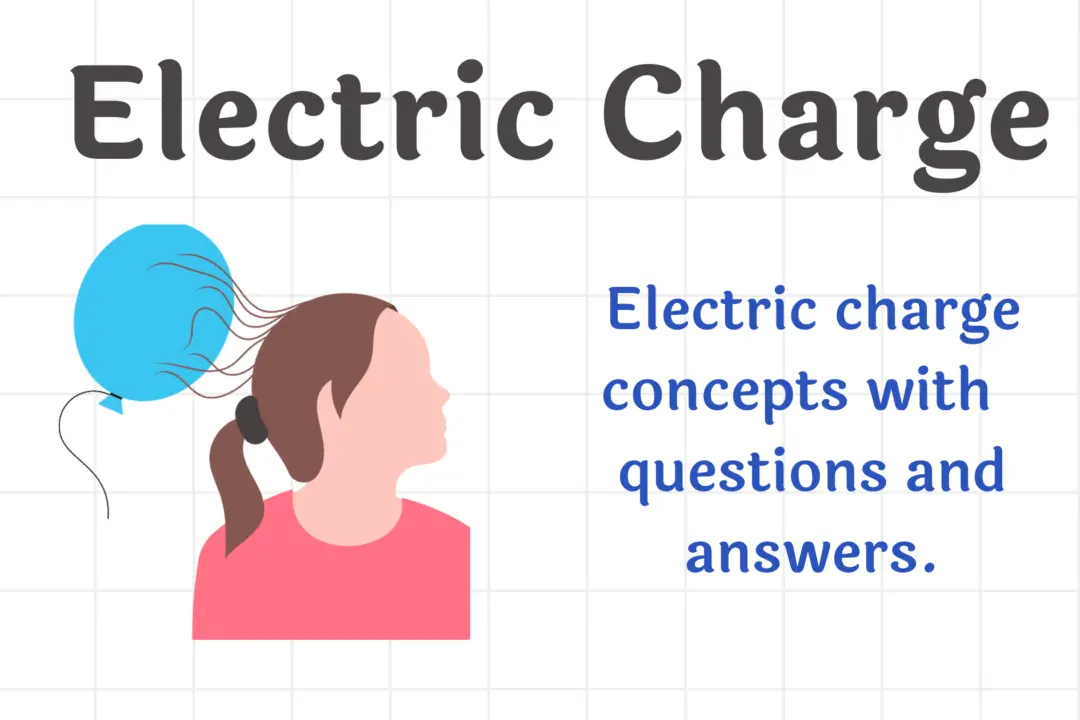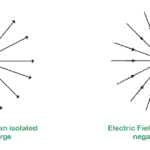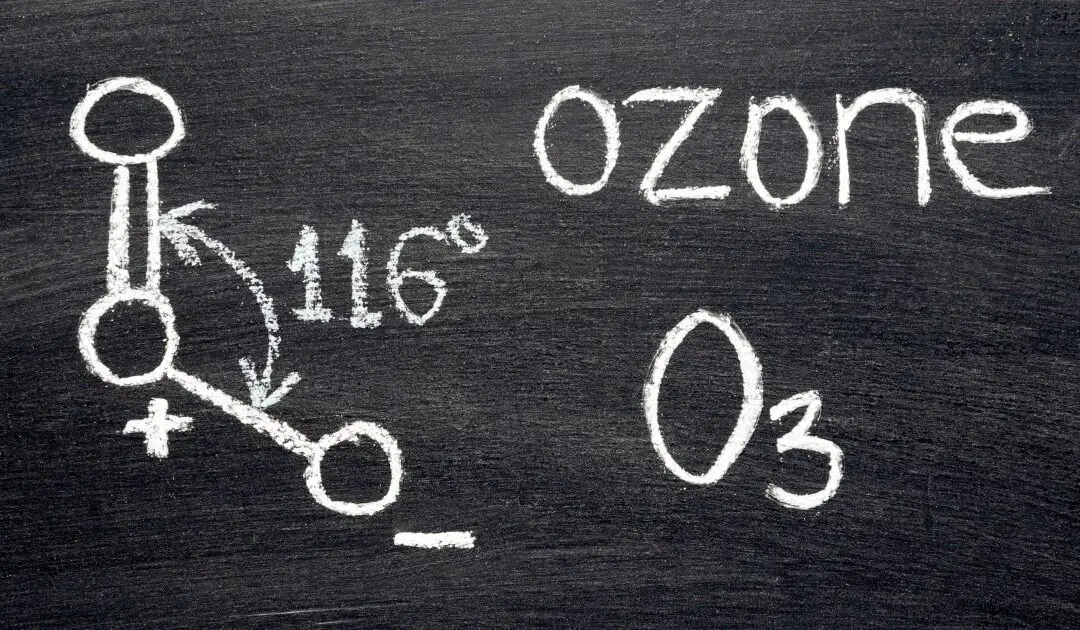Introduction
Definition of Static Electricity
Static electricity is a type of electric charge that builds up on the surface of objects. It is called “static” because this charge remains on the object until it is neutralized or discharged.
Static electricity is a common phenomenon that most people have experienced at some point in their lives. It can cause a variety of effects, such as shocks, sparks, and the attraction of light objects.
Understanding this phenomenon is important for several reasons:
- It can help prevent harm from static discharge, such as shocks and equipment damage.
- It can aid in creating materials and devices that use static electricity, like photocopiers and air cleaners.
- Studying static electricity can give insight into electricity and electromagnetism.
In this article, we will examine the causes, effects, and measurement of static electricity. We will also discuss ways to generate and reduce it, and touch on the history of its study.
Causes of static electricity
Static electricity is caused by an imbalance of electric charges. This imbalance can be caused by:
Tribocharging:
- Friction between two materials can cause a transfer of electrons, resulting in one material becoming positively charged and the other negatively charged.
- This is known as tribocharging.
- The friction can be created by rubbing two materials together, such as a balloon and a sweater, or by rubbing a material against a surface, such as a plastic comb against a rug.
Contact electrification:
- When two materials come into contact and then separate, they can transfer electrons, resulting in one material becoming positively charged and the other negatively charged.
- This is known as contact electrification.
- The transfer of electrons can occur between two objects of different materials, such as when a glass rod is rubbed against a silk cloth.
Induction:
- When an object is brought close to a charged object, it can become charged without physically touching the charged object.
- This is known as induction.
- The charged object can induce an electric charge in the nearby object, causing it to become positively or negatively charged.
| Cause of Static Electricity | Description | Examples |
|---|---|---|
| Tribocharging | Friction between two materials causes a transfer of electrons. | Rubbing a balloon against a sweater, rubbing a plastic comb against a rug. |
| Contact electrification | When two materials come into contact and then separate, they can transfer electrons. | Rubbing a glass rod against a silk cloth. |
| Induction | An object can become charged when brought close to a charged object. | Bringing a neutral object near a charged object. |
Effects of static electricity
Static electricity can have a variety of effects, including electrostatic attraction and repulsion, electrostatic discharge (ESD), and other effects.
Electrostatic attraction and repulsion:
- Like charges repel each other, while opposite charges attract each other.
- This means that two positively charged objects will push each other away, while a positively charged object and a negatively charged object will be attracted to each other.
- Electrostatic attraction and repulsion can cause objects to stick together or push each other away, depending on the charges involved.
Electrostatic discharge (ESD):
- Electrostatic discharge (ESD) occurs when there is a sudden flow of electricity between two objects that have a different electric potential.
- ESD can cause damage to electronic devices and equipment, and can even start fires in flammable materials.
- ESD can be prevented by grounding objects, using anti-static materials, and using proper handling and storage techniques for electronic components.
Other effects:
- Static electricity can also cause other effects, such as:
- Attracting dust and other particles to surfaces, which can cause problems in clean rooms and other controlled environments.
- Causing damage to electronic devices and equipment, especially in environments with high levels of static electricity.
- Interfering with the proper functioning of electronic devices, such as computers and other digital equipment.
| Effect of Static Electricity | Description | Examples |
|---|---|---|
| Electrostatic attraction and repulsion | Like charges repel each other, while opposite charges attract each other. | Two positively charged objects pushing each other away, a positively charged object and a negatively charged object being attracted to each other. |
| Electrostatic discharge (ESD) | A sudden flow of electricity between two objects with a different electric potential. | Damage to electronic devices and equipment, fires in flammable materials. |
| Other effects | Static electricity can attract dust and other particles, cause damage to electronic devices, and interfere with their proper functioning. | Attracting dust to surfaces, causing damage to electronic devices, interfering with electronic devices. |
Measuring static electricity
Static electricity can be measured in a variety of ways, using different units of electric charge and different methods of measurement.
Units of electric charge:
- The unit of electric charge is the coulomb (C), which is the quantity of electric charge that flows through a conductor in 1 second when the potential difference across it is 1 volt.
- In practical applications, charges are often measured in smaller units, such as the millicoulomb (mC) or the microcoulomb (μC).
Methods of measurement:
- There are several methods for measuring static electricity, including:
- Electrometers: These are devices that measure the electric charge of an object. They work by bringing an object close to a metal plate and measuring the electric field between the object and the plate.
- Electrostatic voltmeters: These are devices that measure the voltage of an electrostatic charge. They work by bringing a metal probe close to an object and measuring the voltage between the probe and the object.
Here’s a table summarizing the main points:
| Method of Measurement | Description | Examples |
|---|---|---|
| Electrometers | Measure the electric charge of an object. | Bringing an object close to a metal plate and measuring the electric field between the object and the plate. |
| Electrostatic voltmeters | Measure the voltage of an electrostatic charge. | Bringing a metal probe close to an object and measuring the voltage between the probe and the object. |
Generating static electricity
There are several ways to generate static electricity, including friction, induction, and the use of electrical conductors.
Friction:
- Friction is a common way to generate static electricity. When two materials are rubbed together, they can transfer electrons, resulting in one material becoming positively charged and the other negatively charged. This is known as tribocharging.
- Examples of friction-based methods for generating static electricity include rubbing a balloon against a sweater, rubbing a plastic comb against a rug, or rubbing a glass rod against a silk cloth.
Induction:
- Induction is another way to generate static electricity. When an object is brought close to a charged object, it can become charged without physically touching the charged object. This is known as electrostatic induction.
- Examples of induction-based methods for generating static electricity include bringing a neutral object near a charged object, or using an electrostatic generator.
Electrical conductors:
- Electrical conductors can also be used to generate static electricity. When an electrical current flows through a conductor, it can generate an electric field that can transfer electrons to nearby objects, resulting in static electricity.
- Examples of electrical conductors that can be used to generate static electricity include metal wires, copper strips, and aluminum foil.
Here’s a table summarizing the main points:
| Method of Generating Static Electricity | Description | Examples |
|---|---|---|
| Friction | Rubbing two materials together can transfer electrons, resulting in one material becoming positively charged and the other negatively charged. | Rubbing a balloon against a sweater, rubbing a plastic comb against a rug, rubbing a glass rod against a silk cloth. |
| Induction | Bringing a neutral object near a charged object can transfer electrons, resulting in the neutral object becoming charged. | Bringing a neutral object near a charged object, using an electrostatic generator. |
| Electrical conductors | When an electrical current flows through a conductor, it can generate an electric field that can transfer electrons to nearby objects, resulting in static electricity. | Metal wires, copper strips, aluminum foil. |
Reducing Static Electricity
Given below are some ways to reduce static electricity:
Grounding:
- Grounding is a common way to reduce static electricity. Grounding involves connecting an object to the earth, which allows the object to dissipate its electric charge into the ground. This can be done using a grounding strap, a grounding wire, or by touching a grounded object.
- Grounding can be used to prevent static electricity from building up on objects, and can also be used to dissipate static electricity that has already built up.
Humidification:
- Humidification is another way to reduce static electricity. When the air is dry, it can cause static electricity to build up more easily. By adding moisture to the air, the likelihood of static electricity building up is reduced.
- Humidification can be used in conjunction with other methods, such as grounding, to further reduce static electricity.
Antistatic materials:
- Antistatic materials are materials that are designed to reduce the build-up of static electricity. These materials are often made from materials that have a low triboelectric coefficient, meaning they are less likely to transfer electrons when rubbed against other materials.
Here’s a table summarizing the main points:
| Method of Reducing Static Electricity | Description | Examples |
|---|---|---|
| Grounding | Connecting an object to the earth to dissipate electric charge. | Grounding straps, grounding wires, touching a grounded object. |
| Humidification | Adding moisture to the air to reduce the likelihood of static electricity building up. | Humidifiers, misting systems. |
| Antistatic materials | Materials designed to reduce the build-up of static electricity. | Antistatic clothing, antistatic bags, antistatic packaging materials. |
History of the study of static electricity
Early observations:
- Static electricity has been observed for thousands of years, with ancient civilizations noting the attraction of light objects to amber.
- In the 1600s, scientists began to study static electricity in more detail, with early experiments including rubbing amber against various materials to create a static charge.
Contributions of Francis Hauksbee:
- In the early 1700s, Francis Hauksbee conducted a series of experiments that helped to establish the connection between static electricity and the transfer of electrons.
- Hauksbee showed that rubbing glass against various materials could create a static charge, and that the charge could be transferred to other objects.
Contributions of Benjamin Franklin:
- Benjamin Franklin conducted a series of experiments with static electricity in the mid-1700s, including his famous kite experiment.
- Franklin demonstrated the connection between lightning and static electricity, and proposed that lightning was a form of electricity.



